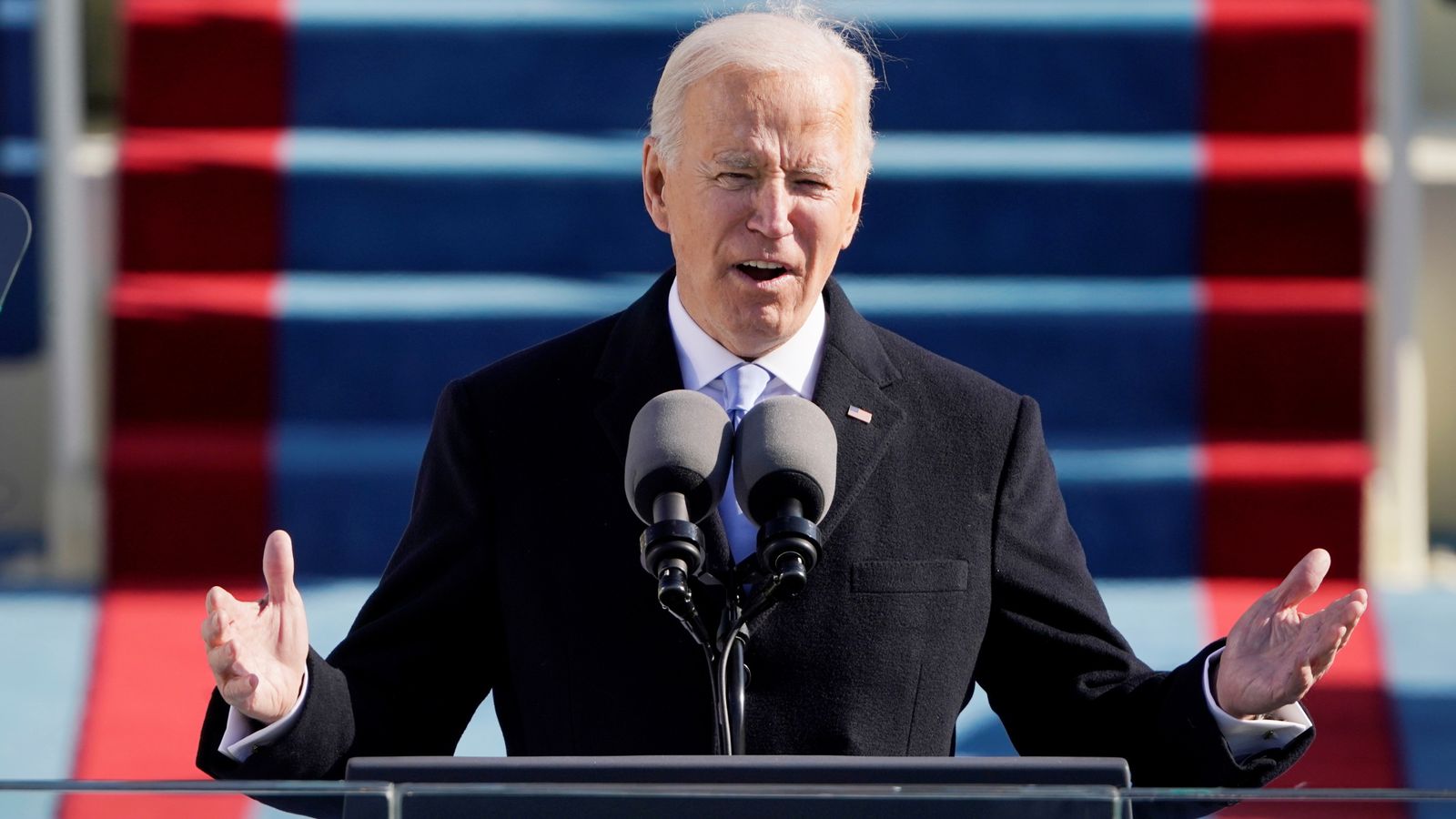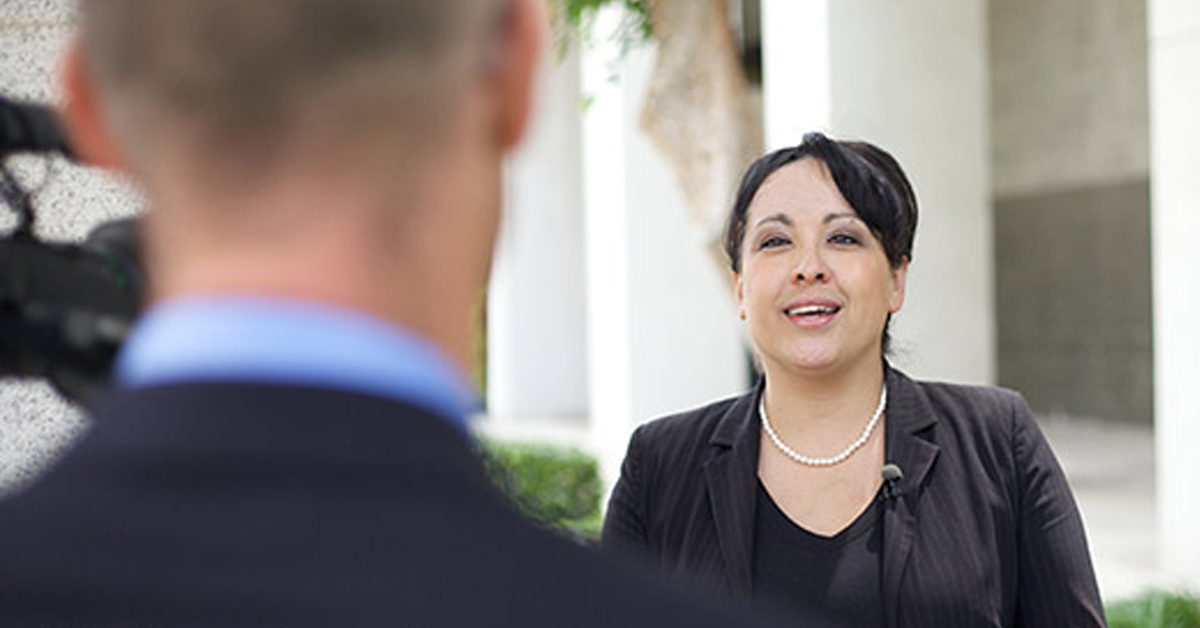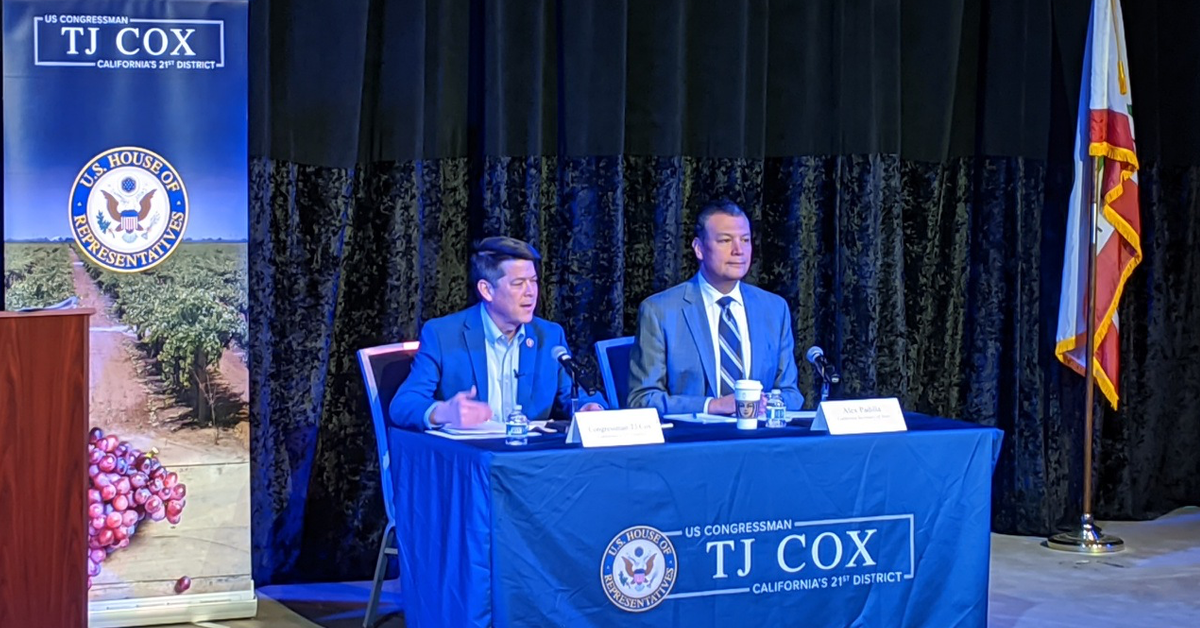At this point I showed the Chief a copy from my collection of special sections produced over the years by The Bee: “Fresno Under Fire,” published on Oct. 24, 1993.
The page 1 subheadline stated: “As the population grows, our city is being pushed to the edge by crime that has become all too frequent and all too brutal – yet often seems to go unpunished by an overwhelmed criminal justice system.”
The page 1 photo by Kurt Hegre is gut-wrenching: Five suspected gang members sprawled on the pavement of a Fresno gas station at night, hands behind their heads, a uniformed police officer with German Shepherd in hand watching over it all.
A “takedown” in progress, an all too common feature of Fresno’s urban life in the early 1990s.
The first sentence of the cover story, written by Marjie Lambert and Royal Calkins, summed up Fresno’s fate at the time: “As cancer changes a person, crime is changing Fresno.”
Fresno in October 1993 had a population of about 375,000. The Bee reported that in the 21 months from January 1992 through September 1993 Fresno had 162 murders.
Let me highlight the contrast: Fresno with a population of 375,000 had 162 murders in a 21-month period in 1992-1993; Fresno with a population of 525,000 had 78 murders in a 24-month period in 2015-2016. (And to think that so much of today’s media, teamed up with radical social justice warriors, see cops – not to mention landlords – as society’s bad guys.)
I give you another statistic from “Fresno Under Fire.” All of Fresno County in 1992 (population 667,490) had 126 murders; all of Fresno County in 1952 (population – 276,515) had 8 murders.
The special section makes clear that Fresno was plagued by huge spikes in all types of violent crime, not just murder. Needless to say, the revitalization of Downtown and the city’s urban core was unthinkable amid such chaos.
What happened to cause such an explosion of carnage? The team of Bee reporters identified the usual suspects: Too many guns on the streets, too many broken families, too much demand for limited funds, too much pressure on an understaffed Police Department, too many fearful civic leaders.
But the answer boiled down to one word: Gangs.
“Of the more than 3,700 gang members in Fresno, Hispanic gangs and African-American gangs each had about 1,500 members, Asian gangs had about 650 members and white gangs had about 50 members, according to the report ‘Community Challenges: Addressing the Issue of Youth Gangs and At-Risk Youth in Fresno,’” reporter Felicia Cousart wrote. “… Although there have been different types of gangs in Fresno since the 1930s, the current crop began in the 1970s when an off-shoot of a Mexican-American prison gang – the F-14s – banded together in Fresno. Once the city’s dominant gang, the F-14s’ influence has faded. They have been replaced by the Bulldogs, the city’s single largest gang, which has several different subgroups, and by sets of the Bloods and Crips of Los Angeles.”
“Fresno Under Fire” makes clear that the city and region by the early 1990s had been torn apart by a quarter-century of unchecked and unmanaged population growth.
Simply put, leaders had lost control of Fresno’s society. The city’s elites lacked the desire and the will to restore order. So, blood ran in the streets.
“We were a city that was under siege,” Dyer told me in our interview. “We were a city that had out-of-control gang violence. And we did not have the resources to suppress it. That was a drastic time, and there were drastic measures taken. But we got a handle on it then, and we’ve really kept a handle on it ever since because of our focus on gangs and making sure we have proactive officers out there dealing with gang violence every day.”









